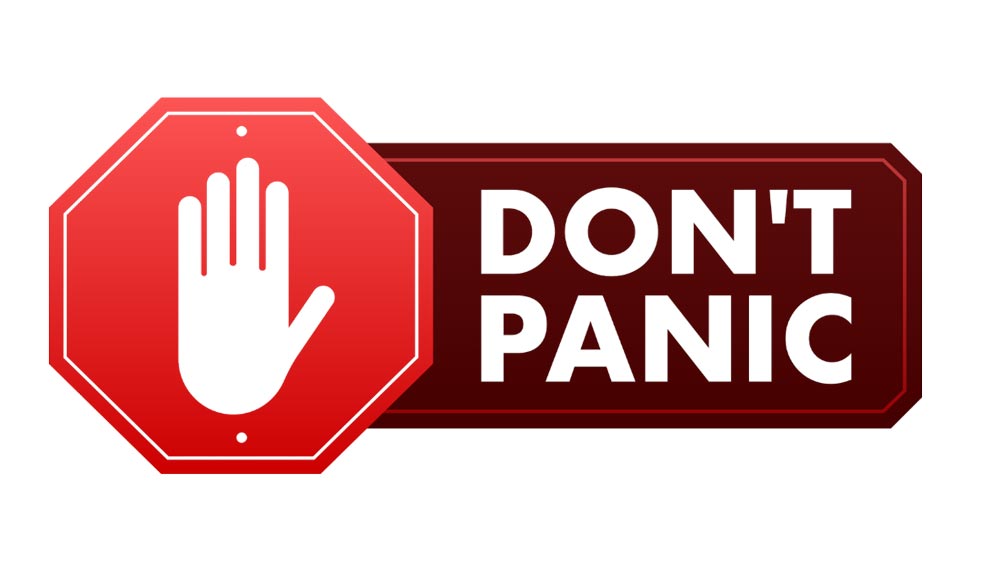BIG BEAUTIFUL PANIC ATTACK FOR EMS
By Ed Marasco, MPM, CMTE, EMT-P (Ret.)
As you are undoubtedly aware, the President signed his Big, Beautiful Bill into law on July 4th. There was quite a bit of wrangling, and it was literally a sprint over the month of June to get this done. Quite honestly, it was amazing to watch it unfold. Now it is time for the inevitable panic to set in as we ponder “what does this mean for my organization?” Well, the answer is not simple . . . .

KEY PROVISIONS
- Cost Sharing
This provision requires states to impose cost sharing requirements for certain services provided to Medicaid enrollees. This has always been the case for Medicare recipients; however, it will be a new requirement for Medicaid Patients. There are specific services excluded from this provision: certain behavioral health services, primary care, services provided by federally qualified health centers (FQHCs), or rural health clinics. The bill caps the Patient cost sharing amount at $35.
- Directed Payment Programs (DPPs) Payment Caps
The Bill caps the DPP payments at 100% and 110% of the Medicare allowable for ACA expansion and ACA non-expansion states, respectively. This program allows for some supplemental Medicaid reimbursement in specific circumstances. There has been a great deal of confusion around this program since it was implemented in 2017.
- Eligibility Redeterminations
Medicaid Patient eligibility checks will be required every six (6) months starting in 2027. This is more frequent than the current paradigm.
- Federal Matching Assistance (FMAP) Reductions
The Federal funds available for states that have expanded their Medicaid programs will expire after 2025. This ACA provision was a key factor in the state’s decision to expand Medicaid services.
- Lower Cap for the State Provider Tax
Current law allows states to levy a Provider Tax up to 6% of revenue to enhance the state funds that may be used to compute Federal matching dollars for Medicaid. This tax has been an effective way to increase Federal funding for state Medicaid programs. The Bill will begin reducing the cap in 2028 until the cap reaches 3.5% by 2032. This will drastically reduce Medicaid funding in most states.
- Medicaid Work Requirements
The Bill will require able-bodied adults to spend no less than eighty (80) hours per month working or in other “community engagement”.
- Rural Funding Support
The bill makes an additional $50 billion in funding available to hospitals and other Providers over the next five (5) years for rural health transformation. Each state must submit a rural health transformation plan before the end of 2025 to be eligible for the funds.
 POTENTIAL EMS AND MEDICAL TRANSPORT IMPACT
POTENTIAL EMS AND MEDICAL TRANSPORT IMPACT
It may be years before the EMS and medical transport community fully understands the impact of the Bill. The promulgation of the regulations and the response of the market over the next six (6) to twelve (12) months will likely bring the impact into focus.
- Operational Questions
While the increase in funding for rural healthcare may have a positive impact, the conventional wisdom is that this amount is insufficient to solve the growing rural health crisis. As the rate of hospital closures, especially in rural settings, continues, the safety net role of EMS and medical transport agencies will place additional strain on these organizations. Greater demand, increasing costs, and waning reimbursement will make managing the operations more difficult.
- Revenue Cycle Management (RCM) Workload
Changes in eligibility requirements, more frequent eligibility checks and the new cost-sharing requirements have the potential to increase the RCM workload for EMS and medical transport agencies. As organizations begin to deal with these process changes, the potential for reimbursement changes will need to be evaluated. As always, it will be some time before we understand if the “juice is worth the squeeze”.
- Revenue Opportunities
There are two primary possibilities for additional EMS funding. The first is in the form of enrollee cost sharing (much like the current Medicare rules). It is unclear currently if this cost sharing is available to ambulance suppliers and under what circumstances. The industry should be looking at the regulations very closely. The second opportunity may apply only to suppliers operating in rural areas. The additional rural funds in the Bill may result in some positive trickle-down impact, depending on the regulations and the state sponsored transformation plans.
- Revenue Threats
There are several areas of the Bill that may negatively impact the revenue stream for EMS and medical transport suppliers:
-
- Reduction in Medicaid Enrollees
With the reductions in funding and changes to eligibility requirements, it is likely Medicaid enrollment will decline in some states. Since the level of Medicaid reimbursement varies widely from state to state, it may be difficult to quantify the full financial impact of the enrollment changes. However, the average reimbursement per transport for Self-Pay Patients is almost always lower than the available Medicaid reimbursement.
- Reduction in Medicaid Enrollees
-
- Reduced Medicaid Payments
With the increased financial pressure on states (from both the Bill and other Federal funding changes), most states will be forced to examine their current Medicaid payment policy. This could result in changes to both services that are covered AND the level of payment for the services that are actually covered.
- Reduced Medicaid Payments
It will likely be a year or two before we fully understand the impact on reimbursement levels. This scenario will unfold state by state making it difficult to fully understand the financial impact of the Bill.
SUMMARY
Try NOT to panic! The net effect of the Bill on EMS and medical transport agencies is difficult to predict at this time. As the regulations are promulgated, each state grapples with its individual budget challenges, and the market recalibrates, the actual impact will become clearer. However, it will be critical for EMS and medical transport leaders, and their professional associations, to stay engaged at the Federal and state levels. The Bill is just the first step in a long policy journey that will change the healthcare landscape for decades to come.
*Ed Marasco is QMC’s Executive Vice-President of External Affairs and a veteran healthcare provider and administrator with over 40 years of experience in emergency medical services, reimbursement, and consulting.